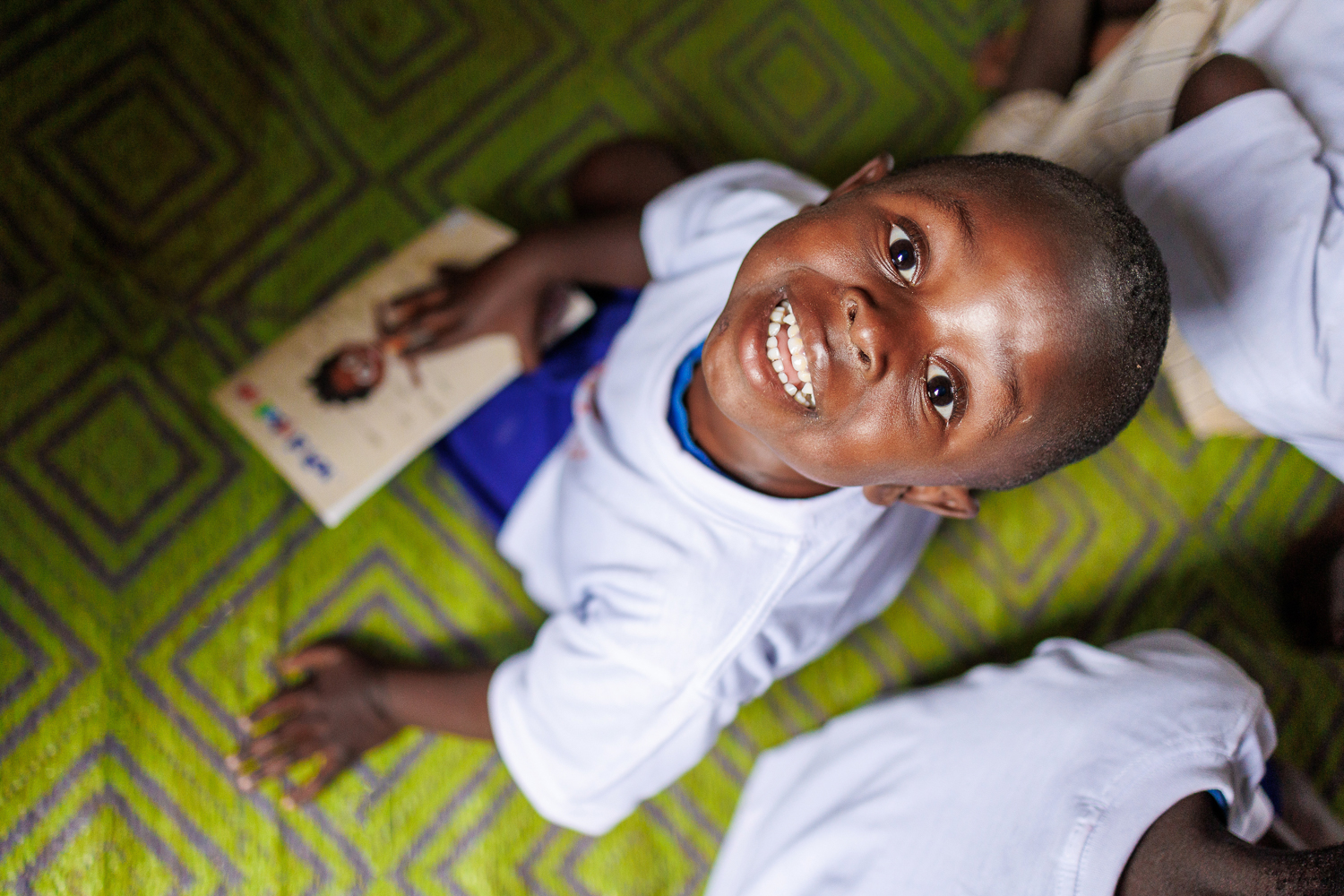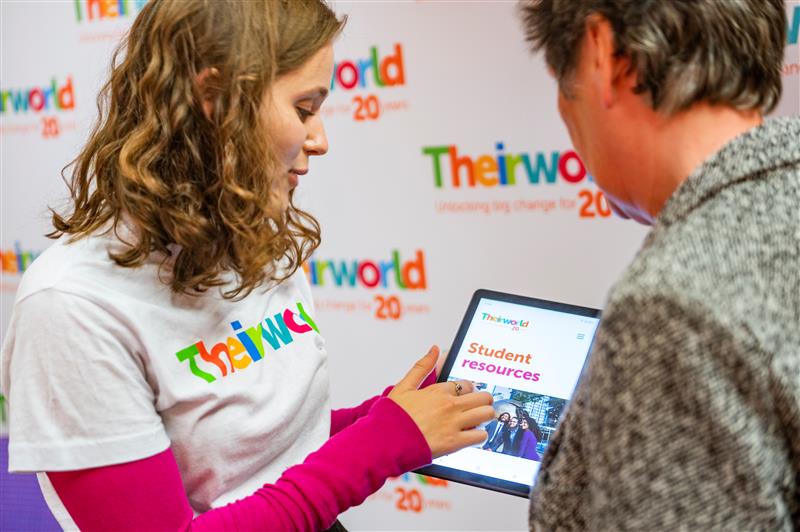
The long road to early care and education for children of rural Kenya
Barriers to education, Early childhood development, Right to education, Teachers and learning
Parents and teachers living on the outskirts of Garissa County have appealed for schools and health clinics to be built nearer to their remote communities.
The journey for education is not an easy one – as most parents and teachers can attest to, especially in the northeastern parts of Kenya.
Here, parents and their children have to walk for long distances just to access one of the basic needs of any child, the right to education and quality care.
Access to another basic need – proper health and hygiene, especially for mothers and young children – also needs to be looked into as a matter of urgency.
Halima Hajar knows this all too well. She is a mother of eight – her youngest is one year and eight months while the eldest is 19.
Her youngest goes to the Pamoja Early Childhood Development (ECD) Centre on the outskirts of Garissa County, where the locals are largely pastoralists.
It doubles up as a school, looking after more than 30 children from the age of three to nine. Due to lack of resources, the children who are in preschool and the older ones are all taught in the same classroom – but they sit in different rows and are taught at different times.
Halima said, in order to have more children get an education, schools need to be brought closer to the people and be well-facilitated.
“The challenge in this area is no playground, no food, the children have to walk for long distances to school,” she said. “If they can live near the schools then it’ll make it better for them.”
She has appealed to the government to give them a feeding programme and build a playground, not to mention provide them with a health facility.
Halima said: “The closest clinic is five kilometres (three miles) away and we have to walk the whole distance. As a parent I would like to have a clinic or hospital closer to us.”
Theirworld’s #5for5 campaign has been calling on world leaders to invest in early childhood development.
With 90% of brain development happening before the age of five, all young children should have access to quality care including nutrition, health, learning, play and protection.
Fatuma Juma – a parent in the Bulla area of Garissa County and mother to a five-year-old – is lucky enough to have a clinic next to her. She said her pregnancy was made easier by the frequent visits to the clinic for checkups.
“When I was pregnant, I always went to the hospital for checkups – it is not far from here,” she said. “Even the health worker would make regular visits.”
She is grateful for her situation, because she was also taught a lot by the health worker who talked to her about the benefits of breastfeeding and giving birth in health facilities – information which Fatuma would love for all mothers to know.
She said: “When my baby was young I breastfed for three years, as much as I was told to do it exclusively for six months.”
She said she was also taught the benefits of talking and playing with her child – but regrets that the toys she bought for her child are never used by him.
“I buy toys for my child but others steal them,” said Fatuma. “I had a baby chandelier when he was young and a ball.”
Mariam Juma, a community school teacher at Pamoja ECD Centre, said the lack of adequate schools in the area is a big challenge, as well as the need for a feeding programme.
For now, they make do with the little they have.
She said: “The government can help by building or expanding the schools in this area. We have no support from anybody in running this school – we don’t even have food for the 32 children here.”
She takes in children from various communities from the age of three and ensures they have toys to play with, such as footballs and skipping ropes for the girls. During classes they are taught how to read, sing and draw.
Parents don’t bring students because they don’t have money to buy the school uniform and no money to buy food for their children. Teacher Sarah Hassan
Mariam said that, when it comes to health matters: “The ministry of health only sends representatives to look at the children when there’s an outbreak in the area”.
Another teacher, Sarah Hassan, said students can walk up to four kilometres to get to school – and sometimes they don’t have any students at all.
She said: “Parents don’t bring students because they don’t have money to buy the school uniform and no money to buy food for their children.
“The school has no playground or toys, which adds on to the already existing challenges.”
Sarah said that students who make it to school in the morning often don’t return after they break for lunch.
Area Medical Outreach Officer Salim Omar said most of the families are poor. They do what they can to help mothers before and after they give birth and teach them how to take care of their children.

“The mothers are given post and anti-natal care – however after our budget ran out in 2015 we do what we can,” said Salim, appealing to the local and national government to build a dispensary closer to them.
Ambulances don’t even come their way due to a lack of resources.
The children also get vaccinations from the nearby dispensary, three kilometres away. But that is the least of their problems.
According to Salim, the area is rife with poor sanitation and lack of water that makes living here almost unbearable.
“The mothers here walk up to two kilometres to fetch water. We build a shallow well but has been misused and thus the water is so contaminated and cannot be used for household stuff.
“Even pregnant women have a hard time going to the clinic because it means either being ferried on a motorcycle or driven by donkey carts, which takes a long time.”
More news

Take the test and discover how our Schools Hub helps students grasp the global education crisis
